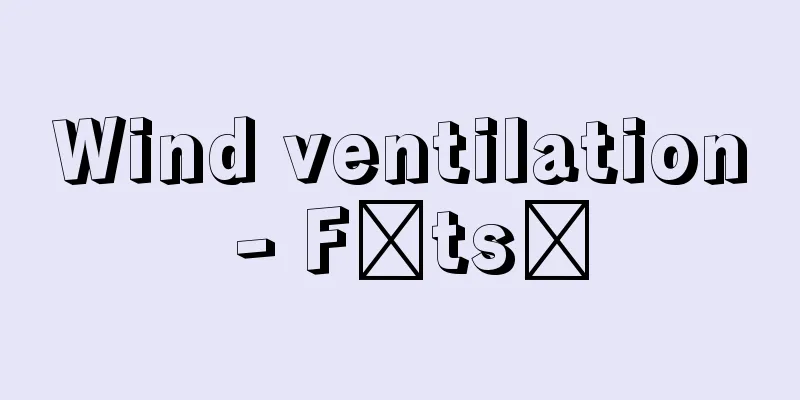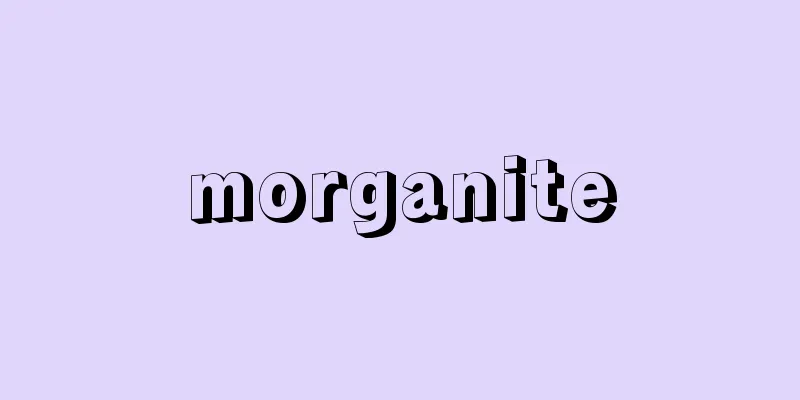Image

|
[Noun] A brick with an image on it. Since the Han dynasty in China, it has been used in palaces, Buddhist temples, mausoleums, and city walls. It features letters, people, animals, plants, and geometric patterns, and was widely used during the Three Kingdoms period of Korea and the unification of Silla. In Japan, famous examples include the Tennin Brick at Okadera Temple in Asuka Village, Nara Prefecture, and the Phoenix Brick at Minamihokkeji Temple in Takatori Town. Source: The Selected Edition of the Japanese Language Dictionary About the Selected Edition of the Japanese Language Dictionary Information |
|
〘名〙 画像のある塼(れんがの一種)。中国漢代以後、宮殿、仏殿、陵墓、城壁などに用いられた。文字、人物、動植物、幾何学文などがあり、朝鮮三国時代、新羅統一時代にも多用され、日本では奈良県明日香村にある岡寺の天人塼、高取町にある南法華寺の鳳凰塼などが有名。
出典 精選版 日本国語大辞典精選版 日本国語大辞典について 情報 |
<<: Overrunning Zone - Overrunning Zone
>>: Feng Shui Theory - Kasousetsu
Recommend
Securities printing - shokeninsatsu (English spelling) printing of securities
Generally, this refers to the printing of securiti...
Husband role - grumble
A term for labor duties seen from the Heian perio...
Werner Karl Heisenberg
German theoretical physicist. Founder of quantum ...
Papal Grace Office - Papal Grace Office
… [History] The Holy See originally consisted of ...
huntsman
…The central figure was Hugo Meynell, the father ...
Zinsser, R. (English spelling) ZinsserR
...Large-scale epidemics such as the plague and c...
Summer Breeze - Kafuuraku
...Fumi no mai (Taramai) dance performed by four ...
André Malraux
French novelist and thinker. Born in Paris on Nov...
Earl of Egmont
1522‐68 A nobleman of the Netherlands. He served u...
Herero
…the Herero rebellion against the colonial author...
Rodrigo Díaz de Vivar (English spelling)
Rodrigo Díaz de Vivar was a hero of the medieval ...
Potamogeton crispus (English spelling)
…[Maki Sachiko]. . . *Some of the terms that ment...
《Blonde Jenny》 - Kinpatu Jenny
...Songs such as "Oh Susanna," "Th...
Anatoxin
...Toxoids against snake venom have also been cre...
Kago - Basket
A type of vehicle. The seat is box-shaped or cyli...









